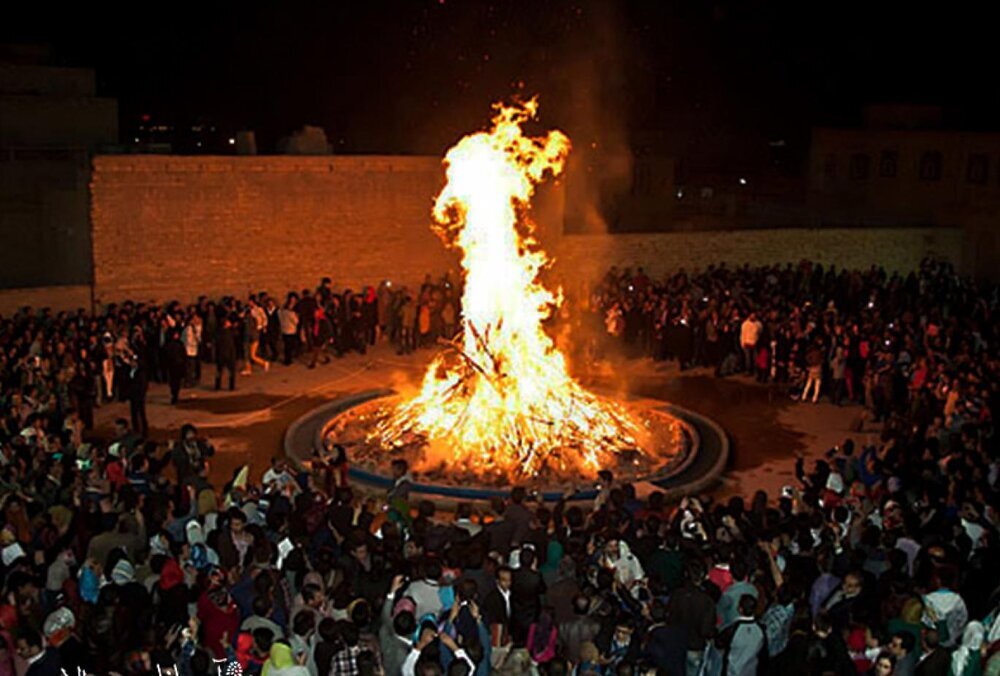Sadeh, the ancient festival of mid-winter, added to national heritage list

TEHRAN – Jashn-e Sadeh has been registered on Iran’s National Intangible Cultural Heritage list in a bid to preserve the ancient festival of mid-winter.
In a decree issued to all governor-generals, Cultural Heritage, Tourism, and Handicrafts Minister Ali-Asghar Mounesan has underlined the need to preserve the time-honored festival, which usually falls on January 30.
“Any measure that helps this heritage be safeguarded and preserved is supported,” part of the decree reads, CHTN reported.
Named after the number one hundred (Sad in Farsi), the event marks 50 days and 50 nights before Noruz (the beginning of Iranian calendar year on March 21). The common belief emphasizes that it is a mid-winter ritual to celebrate the date when the earth starts warming up.
The festivity is nowadays more popular among Iranian Zoroastrians in the cities of Yazd, Tehran, Shiraz, and Kerman. Narratives say that the feast is to remember the mythical discovery of fire. That’s why they set fire to a big pile of wood when the event reaches its climax.
The origins of the festival is somewhat ambiguous and there is no trace of this ceremony in the Zoroastrian holy texts. However, some historians suggest the ceremony existed even before Zoroastrianism, the world’s oldest monotheistic religion.
Some say Sadeh is a festivity to honor fire and to defeat the forces of darkness, frost, and cold. Several mythological accounts, however, connect the festival to the origins of human beings. According to Persian mythology, Houshang, the second king of the world, discovered the fire when he tried to hit a dragon with a stone. He reportedly threw a flintstone that struck against another flint stone causing a spark and generating fire.
Before lighting the huge open fire, some Zoroastrian priests (Moobeds) recite verses from Avesta, the holy book of Zoroastrians. The priests are always dressed in white cotton robes, trousers, and hats as a sign of purity and neatness.
Moobeds along with Zoroastrian girls and boys, all clad in white and holding torches walk around the pile of shrubs. They light the fire as the crowd’s cheers grow louder.
Zoroastrian rituals are widespread in Iran. Noruz, Yalda Night -which takes place on the longest night of the year, and Chaharshanbeh Souri - in praise of the spring, are examples of such ceremonies that even nowadays nearly all Iranians observe.
AFM/MG
Leave a Comment